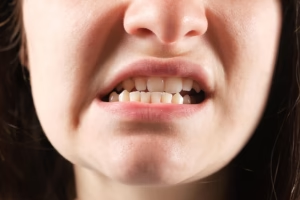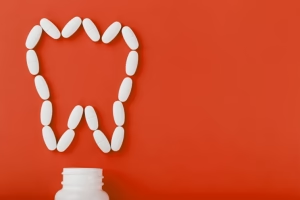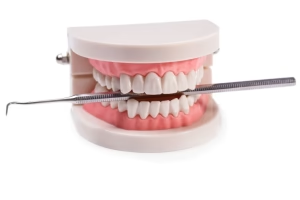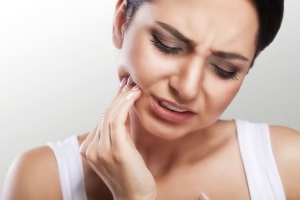What Is Tooth Resorption and How to Treat it Properly?
5 October 2021
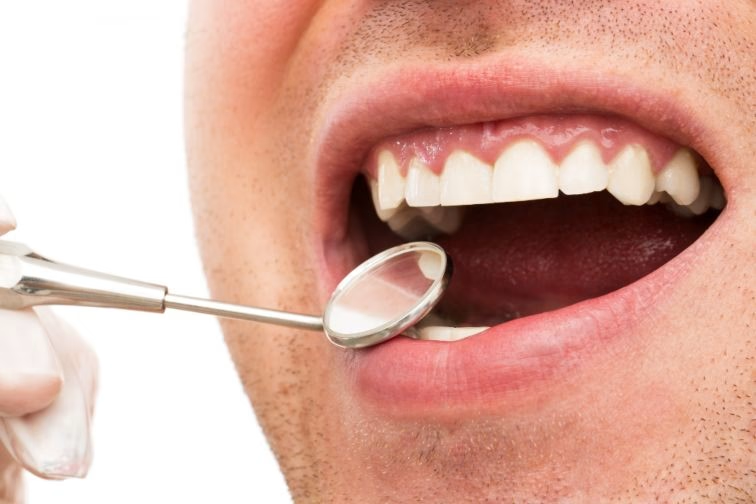
Dental resorption is not a commonly known dental term, so you may have a lot of questions if you are diagnosed with it. Dental or tooth resorption is a medical condition that causes the loss of a part or parts of a tooth. It is most commonly caused by dental trauma, after which the body rejects its tooth as a self-defence mechanism. Tooth resorption usually starts from the exterior of the tooth and slowly moves inwards, however, this is not always the case. Resorption may affect various parts of a tooth, including:
- Interior pulp
- Enamel
- Cementum – covers the root
- Dentin – the second hardest tissue under the enamel
- Root
Resorption is a natural process that occurs in the roots of primary teeth so that they can be lost to make room for permanent teeth. However, even if this is natural for primary teeth, it can cause long-term damage to permanent teeth.
The early stages of tooth resorption can be symptomless but can be detected, so even if you don’t have any reason to doubt, a routine dental check-up will always help you in the long term.
Causes of Dental Resorption
Many things can cause your tooth to begin to be resorbed. External resorption is most often caused by physical trauma to the mouth and teeth that cause swelling and loss of tissue around a tooth. Such injuries can occur from tooth grinding, tooth bleaching or prolonged use of orthodontic appliances such as braces. That being said, the exact causes of tooth resorption aren’t well understood.
Tooth Resorption Symptoms

Sometimes, you can be affected by tooth resorption without having any obvious symptoms. In that case, you are most likely dealing with a type of resorption known as internal resorption, which is harder to detect. Another type of resorption is external resorption, which has distinct symptoms:
- Cavities
- Cavity-like holes in the teeth
- Swelling and redness of the gums
- Irregular spacing of the teeth
- Dark or pinkish discolouration
- Pain from the root, crown or inside the tooth
- Brittle teeth that chip easily
Types of Tooth Resorption
Tooth resorption comes in two forms that can affect permanent teeth. They are named after the parts of the tooth they affect and are known as internal and external resorption.
Internal
Internal tooth resorption affects the inside of the tooth. It’s much less common than external resorption. It’s more common in men, but people who’ve received extensive amounts of oral surgery, such as transplants, are also more likely to be affected. Internal resorption is hard to detect because of the fact that it affects the tissue inside of the tooth, and cannot be seen by just looking at your teeth. Dentists most often detect internal resorption on X-rays during routine dental examinations. The X-ray will show dark spots where the tissue is missing which indicates internal resorption. A reddish discolouration can also be the first sign of internal resorption.
Internal resorption is diagnosed when the dentin or cementum becomes absorbed into the tooth canal, causing the tooth’s surfaces to become inflamed. This process eventually leads to a hollow tooth, which becomes weak and prone to chipping or decay.
External
External tooth resorption is more common. It can be similar to internal resorption and can sometimes be hard to diagnose as a separate issue. Physical injuries to the mouth and teeth are the main cause of external resorption. It can affect any part of the outside of the tooth, from the roots to the cementum on the outside. It usually looks like deep holes or chips, but if it affects the root of the tooth, it can be seen in X-rays as a shortening of the roots and a flattening of the root tips.
Tooth Resorption Treatment
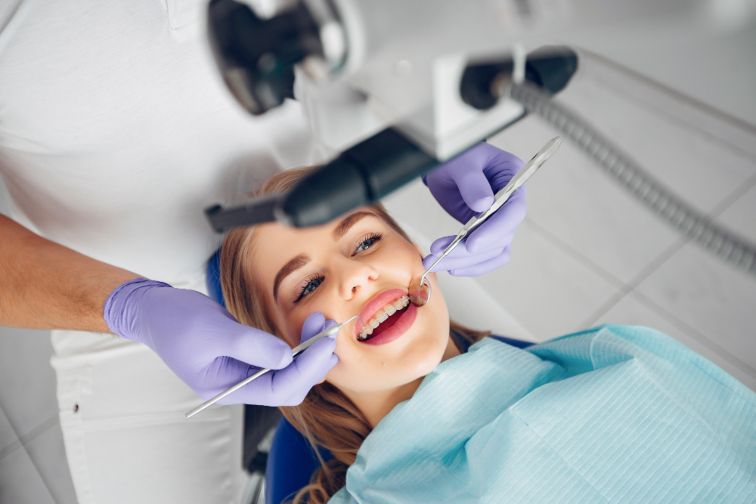
Leaving tooth resorption untreated can lead to more complications, aside from the symptoms. Some of the complications include:
- Infections
- Crooked teeth
- Loss of teeth
- Chipped teeth
- Tooth weakness
- Other mouth and jaw problems
Early detection of tooth resorption is essential for an easy recovery. Treatment for different cases of resorption depends on the particulars of each case. Treatment methods for resorption are focused on preserving any remaining parts of the tooth, which usually means removing the damaged parts of the tooth to prevent further resorption. The treatment methods for resorption can be:
- Root canal – a procedure involving the removal of the pulp (the soft centre of the tooth)
- Dental crowns – a cover that is put over a tooth to restore it to its natural size and shape, this can also help strengthen the tooth
- Gum surgery – depending on your case there are a few different types of gum surgery: gingival flap surgery, regeneration, crown lengthening and soft tissue graft
- Tooth extraction – removal of the entire affected tooth, this is done in cases where there is too much resorption so removing the tooth is the best bet for treating it
Resorption affects the appearance of your teeth too, so some people resort to implants or veneers to replace any teeth that are removed for a more natural smile.
Most dental issues can be avoided by regular brushing, flossing and visiting the dentist for a professional dental cleaning or just a routine check-up. Resorption can still occur if you take good care of your dental hygiene, for example as a result of an injury to the mouth or teeth. If you are an athlete, a good way to prevent dental trauma is to wear a mouthguard.
It may be normal for children to go through resorption, but adults should be aware of the first signs of resorption, to prevent further complications and have a more effective treatment. Pay attention to the spacing between your teeth, as well as any abnormality in the appearance of your teeth or gums or any unusual pain, and visit your dentist as soon as you have reason to doubt for resorption or any other problem.




